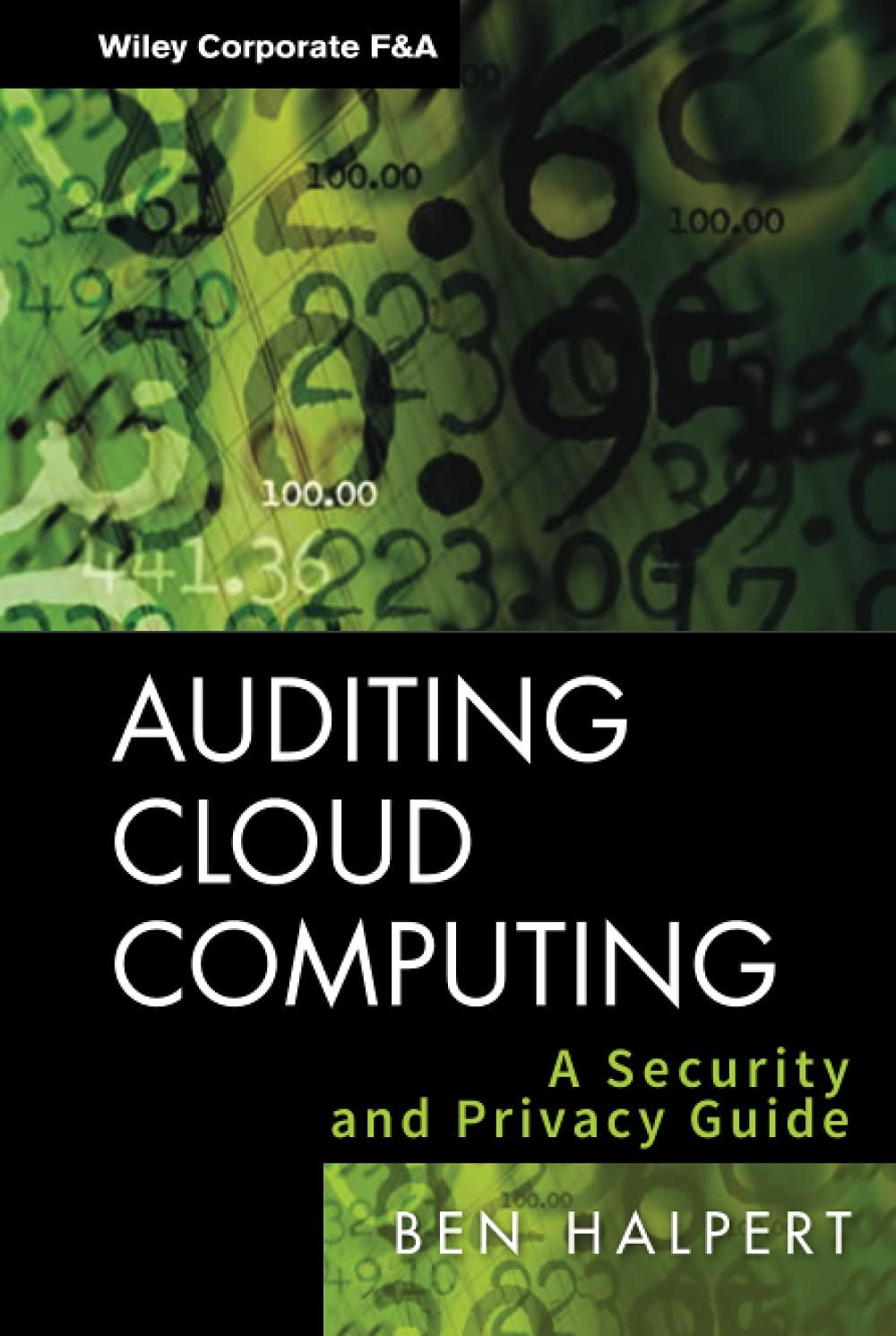Question
Problem 1 Ms. Faye Santos is an accounting major at a Midwestern state university located approximately 60 miles from a major city. Many of the
Problem 1 Ms. Faye Santos is an accounting major at a Midwestern state university located approximately 60 miles from a major city. Many of the students attending the university are from the metropolitan areas and visit their homes regularly on the weekends. Faye, an entrepreneur at heart, realizes that few good commuting alternatives are available for students doing weekend travel. She believes that a weekend commuting service could be organized and run profitably from several suburban and downtown shopping mall locations. Faye has gathered the following investment information. 1. Five used vans would cost a total of $75,000 to purchase and would have a three-year useful life with negligible salvage value. Faye plans to use straight-line depreciation. 2. Ten drivers would have to be employed at a total payroll expense of $48,000. 3. Other annual out-of-pocket expenses associated with running the commuter service would include: Gasoline $16,000; Maintenance- $3,300; Repairs- $4,000; Insurance - $4,200; and Advertising - $2,500. 4. Faye has visited several financial institutions to discuss funding. The best interest rate she has been able to negotiate is 15%. Use this rate for cost of capital. 5. Faye expects each van to make 10 round trips weekly and carry an average of six students each trip. The service is expected to operate 30 weeks each year, and each student will be charged $12.00 for a round-trip ticket. Instructions: a. Determine the (1) net income and (2) net annual cash flows for the commuter service. b. Compute (1) the cash payback period and (2) the annual rate of return. (Round to two decimals) c. Compute the net present value of the commuter service. (round to the nearest dollar) d. What should Faye conclude from these computations? Problem 2 Tree City Inc. operates a chain of coffee shops . The company is considering two possible expansion plans . Plan A would involve opening eight smaller shops at a cost of $8,940,000 . Expected annual net cash inflows are $1,600,000, with zero residual value at the end of ten years . Under Plan B, Tree City would open three larger shops at a cost of $8,540,000 . This plan is expected to generate net cash inflows of $1,400,000 per year for ten years, the estimated life of the properties . Estimated residual value for Plan B is $1,075,000 . Tree City uses straight-line depreciation and requires an annual return of 8%. Requirements 1. Compute the payback period, the ARR, and the NPV of these two plans . What are the strengths and weaknesses of capital budgeting models? 2. Which expansion plan should Tree City choose? Why? 3. Estimate Plan A's IRR. How does the IRR compare with the company's required rate of return?
Step by Step Solution
There are 3 Steps involved in it
Step: 1

Get Instant Access to Expert-Tailored Solutions
See step-by-step solutions with expert insights and AI powered tools for academic success
Step: 2

Step: 3

Ace Your Homework with AI
Get the answers you need in no time with our AI-driven, step-by-step assistance
Get Started


